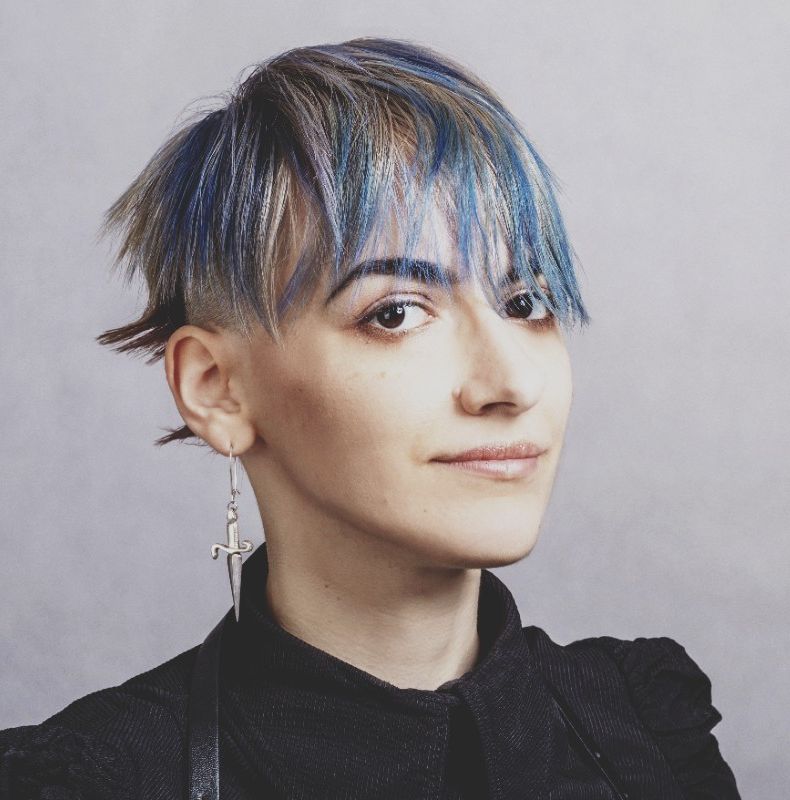5 Inspiring Art Director Portfolio Examples & Career Tips
Create an art director portfolio that fascinates clients and recruiters. Showcase your skills with no coding. Learn from the example of experts and build a website in no time.
Create an art director portfolio that fascinates clients and recruiters. Showcase your skills with no coding. Learn from the example of experts and build a website in no time.
CONTENTS
- Art Director Portfolio Examples
- How to Create an Art Director Portfolio Online?
- What Does an Art Director Do?
- How to Become an Art Director?

Art Director Portfolio Examples
1. Laurène Boglio

Diverse skills, unified design. This portfolio features campaigns, games, animation, murals and personal drawings. She keeps the portfolio’s design consistent by using thumbnails in a grid view and a harmonious color palette.
Pro tip: If you work in various fields, take extra care to keep your portfolio cohesive. An art director portfolio is more than the pieces it contains: a well-designed website will showcase your design talent and eye for detail.
2. Leah Procko
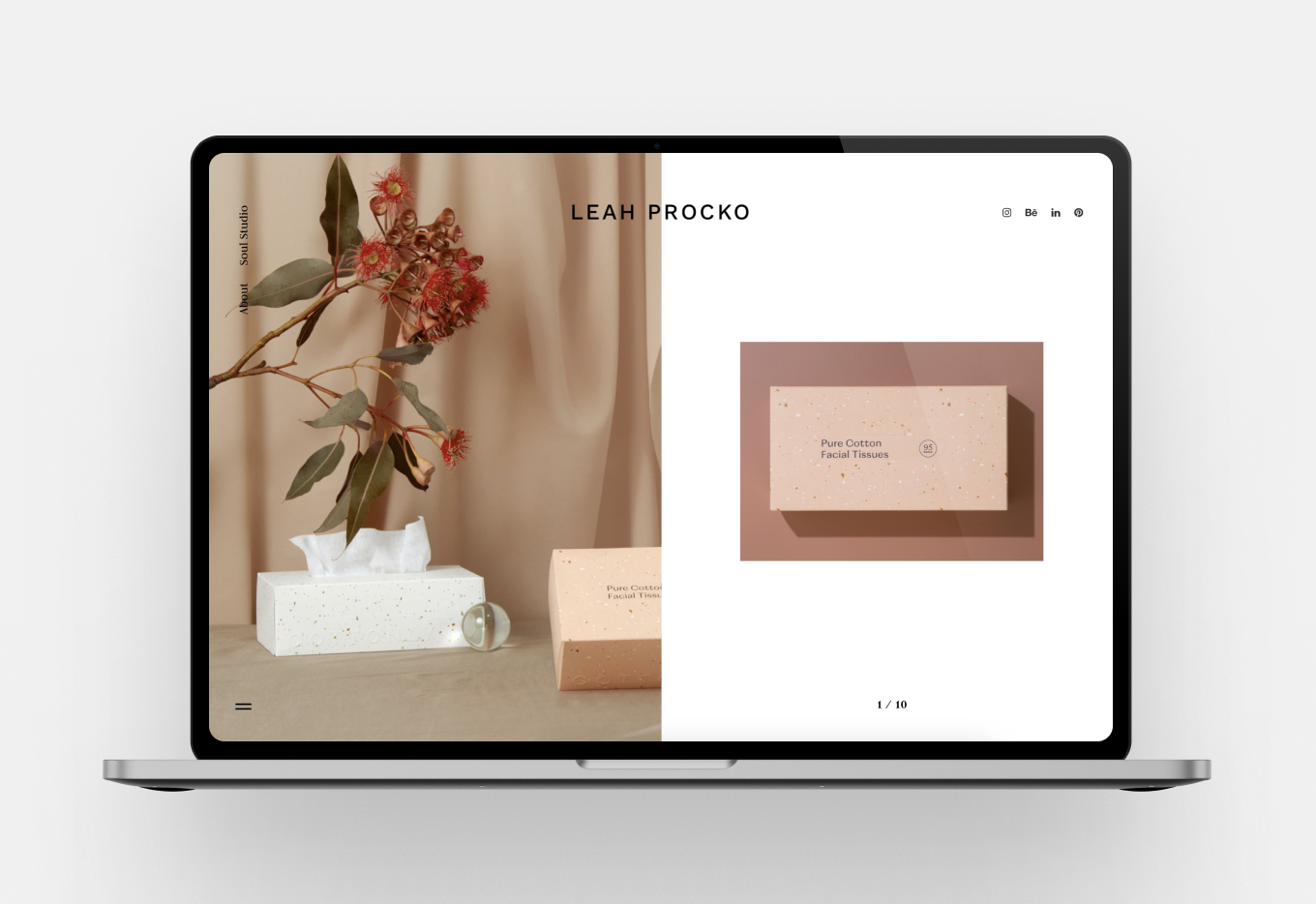
Louder than words. Leah lets her designs speak for themselves. The minimalist but dynamic web design fits her aesthetics.
Pro tip: If writing copy is not your strength, quality photos and a strong emphasis on web design can help. Provide context with a single line and use a template that makes your photos stand out.
3. Paul Belford
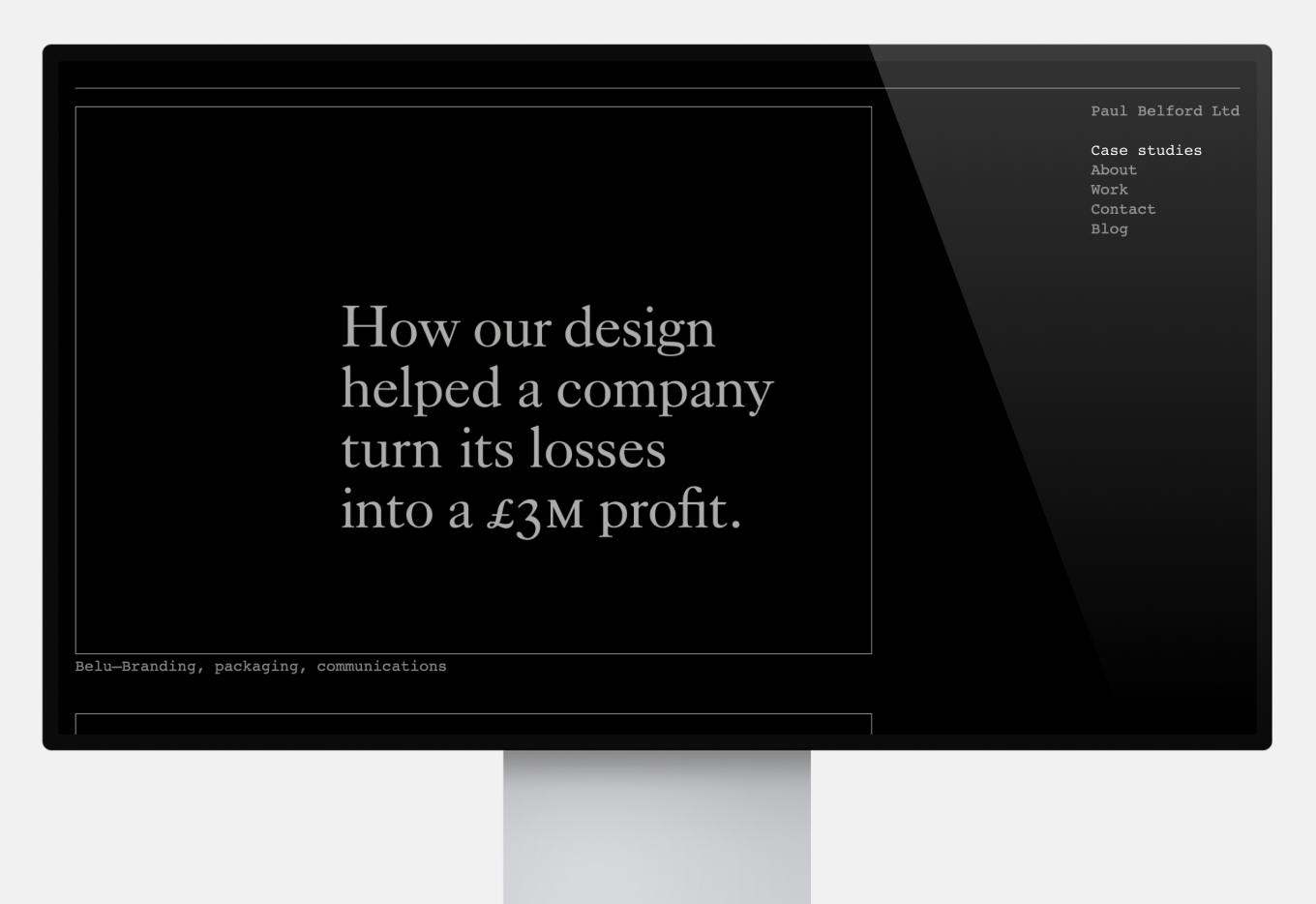
Bragging rights. Paul made case studies the highlight of his agency’s portfolio. After all, an art director is more than an artist: your leadership and business skills are all relevant to your portfolio.
Pro tip: If you have some experience, feature it prominently. Collect testimonials, participate in competitions, get reviews. They will make your portfolio stronger.
4. Sagmeister and Walsh

In-your-face. The portfolio of Stefan Sagmeister & Jessica Walsh is packed with examples of their work. The animated full-screen images on their front page lead to massive photos and videos of their collaborative projects. The boldness of the design is cheeky and provocative.
Pro tip: Build your personal brand with your portfolio. Do you want it to be audaciously confident or elegantly restrained? Communicate your intention with web design. Coding can’t stop you with a tool built for art directors.
5. Lotta Niemien

All clued up. Lotta’s portfolio strikes a beautiful balance between text and image. The navigation is smooth and instinctive. The reader can easily access information not just on Lotta’s role in the projects, but her inspiration and artistic philosophy.
Pro tip: A text-heavy portfolio can be balanced by great UX design. Lead your reader’s eye as they navigate through your webpage. Break up the text into chunks for better readability and carefully edit your copy.

How to Create an Art Director Portfolio Online
One portfolio, a hundred questions. Follow our guide to cover all your bases.
What to Include in Your Art Director Portfolio
Whether you’re a junior or senior, the same advice applies. As you keep evolving, your portfolio grows with you.
1. Artworks
The artworks you include in your creative portfolio should be recent, relevant and representative of your aesthetics and skills.
- Recent
Your portfolio is no place for nostalgia. While a past piece may have been formative, your portfolio is not to showcase your development, but the highest level of your current skills. - Relevant
Your portfolio has a purpose. Include artworks that serve that purpose. For example, if you want to work in graphic design, your typography skills will be more relevant than a cool animation you made for fun. Find specific tips on how to build a graphic design portfolio here. - Representative
Consider whether the occasion calls for a demonstration of the versatility of your art, or your expertise in a particular field or technique.
When you contemplate how many pieces to feature, consider how to create clickable subcategories so you don’t overwhelm your viewer. Think of your thumbnails as doors which lead to more content.
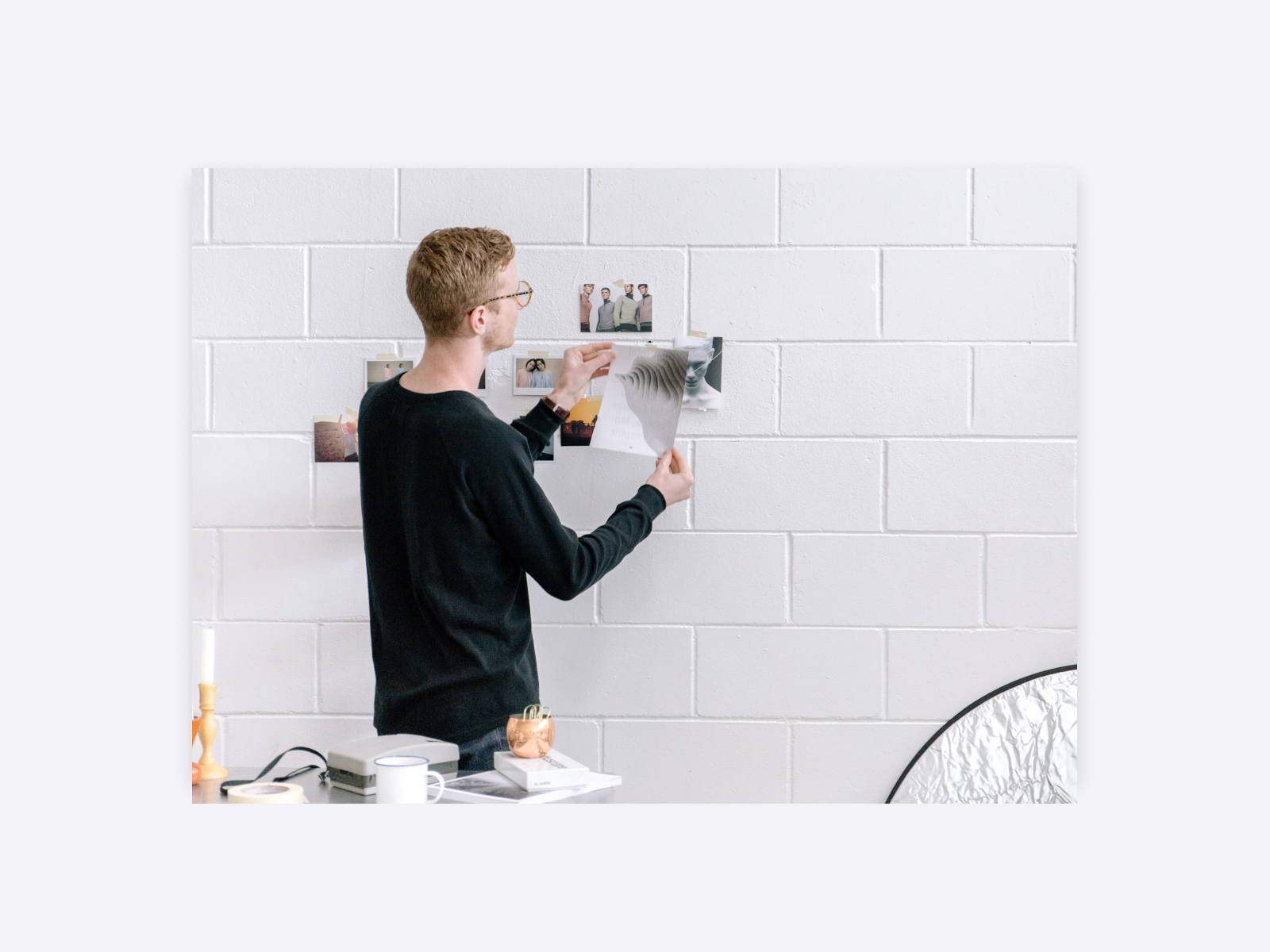
2. Appealing design
As the above examples show, your portfolio design gives you a great opportunity to display your skills as an art director.
These skills include:
- How you use a layout
- Your understanding of typography
- Organisational skills
- Eye for unified aesthetics
Finding a fitting art director portfolio template can save you a lot of time.

3. About me page
Your about me page should focus on your work. However, it’s not as detailed as your resume or cover letter.
Include the following:
- Your name
Don’t be afraid to keep repeating your name: people should remember! - A picture representing you
If you’re camera-shy, make a quick doodle or take a picture that represents your aesthetics. This section is just about you, so only use your own work. - Your job title
…or your occupation. If you’re open to work, this is the place to mention it. - Relevant keywords
How would people search for your work? How do you want them to find you? Think about it as writing a summary in hashtags. If you feel lost, start by listing the techniques and styles you’re best known for, your niche, and perhaps the software you’re an expert of.

- Services
If you offer services, briefly mention them, and link to a more detailed page. - Links
Where can people find you? You can even link to your resume here that shows your career path with exact dates and company names. - Contact information
How can people reach you? Include a professional email address you check regularly.
Find more detailed tips on how to keep your bio brief but bombastic.
4. Case studies
Your case studies should focus on your process as an art director. Break your best projects down into steps and guide your reader from start to finish.
Don’t forget to provide context:
- Timeline
- Name of the client
- Industry
- Client’s expectations and guidelines
Choose a problem-solution approach to show how you responded to the client’s issue with artistic solutions. Focus on unique requirements and challenges, such as a niche target audience or specific branding guidelines.
Include numbers and statistics whenever you can to support your stories. If you can create some great visuals for them, from charts to infographics, even better!
5. Testimonials
Testimonials should focus on the results you bring. A good testimonial should answer the following questions:
- What did your client think of your project?
- Why did they choose you?
- When was the project finished?
- How did it help their business?
These are the hero stories of your leadership skills. If you haven’t archived your achievements, reach out to past clients and coworkers and ask for veritable feedback.

Advice for Your First Art Director Portfolio
1. Do it today
Creating a portfolio can feel daunting. If you find yourself procrastinating, give yourself a challenge: see what you can build in just 20 minutes.
You can always polish up your portfolio later. A draft is better than an empty screen.
2. Get it reviewed
Gather your artsy friends, professional connections, past teachers or higher-ups you trust, and ask them for an honest review. Be prepared that their opinions will differ, even contradict. Listen mindfully, but don’t get too hung up on criticism.
A portfolio website is wonderfully flexible: you can experiment endlessly. Test what happens if you fine-tune some features.

3. Be mindful of your captions
If you’re a copywriting art director, writing your portfolio will be the easiest part. If you lean more towards the visual arts, writing copy can get challenging.
Collaborating with a professional may be a good idea. We’re also here to help. We’ll give you prompts and suggestions to guide you through your copy. Just don’t forget to check the spelling!
4. Consider password protection
If you’re ready to share your work and personal contact with the world, go for it. Otherwise, confidentiality is key–especially if you’re job-hunting and you don’t want your current company to know. There may be a hundred reasons why you’d rather share your portfolio with a select audience.
Password protection guarantees that only people you trust will have access to your portfolio, but you don’t lose any interactive features, image quality or shareability.
5. Make it part of your personal brand
Your portfolio can become the cornerstone of your personal brand. Your own website will always be better curated than social media. You have complete control over the content and design. Make sure that every aspect represents you as an art director, and have fun with it. Sure, most banners say “subscribe.” What would your banner look like?

What Does an Art Director Do?
As you can see from the portfolios of Laurène and the others, the job of an art director is a very versatile one.
Art Director Fields
Art directors work in the fields of:
- Design, especially graphic design
- PR, advertising, marketing
- Entertainment, including TV, movie, theater, animation, and gaming
- Publishing and illustration, from magazines to books
These diverse creative fields are tied together by their emphasis on aesthetics and visuals.
Art Director Definition
- As an art director, you’re both an artist and a leader. Your job is to turn ideas into strategy with a unified vision.
- You see the big picture and work across departments to solve problems with creative solutions.
- You apply your artistic skills to bring concepts to completion together with the creative team you manage.
Let’s take a closer look at the main responsibilities of an art director.

Top 9 Responsibilities of an Art Director
- Turn ideas into concepts, and concepts into final products.
- Prepare deliverables for the entire campaign. Sketches, storyboards, final drafts: an art director owns the entire process.
- Have a unified creative vision that helps you establish standards that adhere to the brand voice.
- Manage, lead and mentor your team. Establish their process and review their work.
- Be involved in marketing and create a strategy for your client’s niche target audience.
- Do collaborative work across departments, including collaboration with copywriters, artists, designers, marketers and salespeople.
- Keep in touch with clients and/or stakeholders, understand and adapt their needs and be able to communicate the project’s current state.
- Prepare presentations, briefs and reports to make communication with clients, stakeholders and collaborators easier.
- Establish realistic budgeting and timeline.
If this sounds like you, read on and learn how to become an art director, from the early steps of starting out to advanced career tips.

How to Become an Art Director?
To become an art director, follow the rule of the three Es.
Three Steps to Become an Art Director
1. Education
Art directors are generally expected to have a bachelor’s degree in a creative field. You don’t specifically need to complete an art director program: any fields listed above can help you gain knowledge and develop skills, from advertising to graphic design. Earning a master’s degree can give you further advantage in the job market.
In some cases, considerable experience will make up for the lack of a college/university degree.
2. Experience
You’ll need at least 3-5 years of experience in the creative industry. Be prepared: even entry level positions may (paradoxically) require experience besides your qualifications and portfolio. There are three ways to trick the system when you’re just starting out.
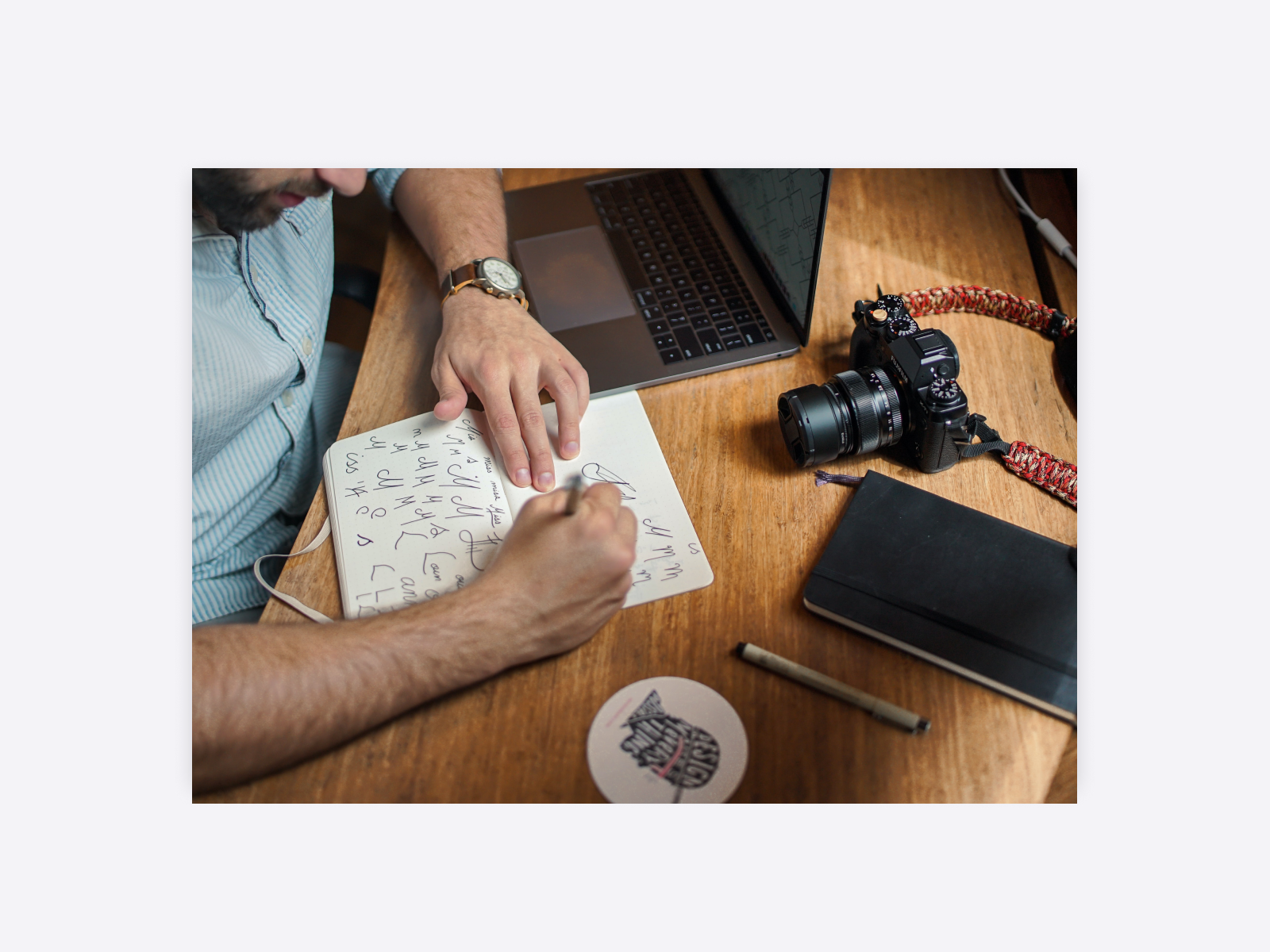
- Internships are a common way to get work experience. As these positions tend to be underpaid, you may want to consider doing an internship while you’re still studying, or be prepared to have a side-hustle. Toward the end of your internship, make sure that your company is prepared to hire you full-time, or start working for permanent positions.
- Contract work puts you in a safer position, as you’ll work for hire through an agency. Your chances for future full-time employment are also higher. Double-check your country’s rules and regulations regarding contract work, and always make sure that the paperwork is in order.
- Freelancing gives you the most control, but there are legal and financial risks involved. Collaborate with an experienced bookkeeper so that there’s no issue around your bills and taxes. To keep your finances steady, invest in marketing to reach clients.
Whether you’re an intern, a contractor or a freelancer, you’ll not only gain valuable experience, but get projects to proudly display in your portfolio.
Advance your career further and get a full-time managerial position as soon as you can.
3. Excellence
Education and experience are just the start. You’ll have to be driven by ambition and work harder than anyone else. Take ownership of your work, learn and teach, lift up others and seek out opportunities to advance your career and get promotions. You may want to apply for awards, do extra courses, or follow the career tips below.

Top 5 Art Director Career Tips
1. Develop practical business skills
Art director Michael Janda told Peachpit that most designers his company interviews lack ”business, client management, project management, process development, presentation, and art direction” skills–and fail their interview.
You can learn these skills on the go if you seek more responsibilities in your workplace. Make a conscious effort to take initiative.Talk to your mentors, shadow meetings, take notes, and seek opportunities that involve managerial duties.
You can also find online courses, such as Google’s Project Management course or Linkedin Learning’s Develop Your Presentation Skills course.
2. Never abandon your craft
Divide your focus between practical business skills and artistic skills. Follow your passion and keep honing your creative skills. Learn new techniques, become proficient in your favourite software, follow trends, hit the books and master art history. You’ll be surprised how much help your local library or some digital wandering can provide.
The key is, of course, practice. You alone know your method and vision. Keep exploring what makes you extraordinary.
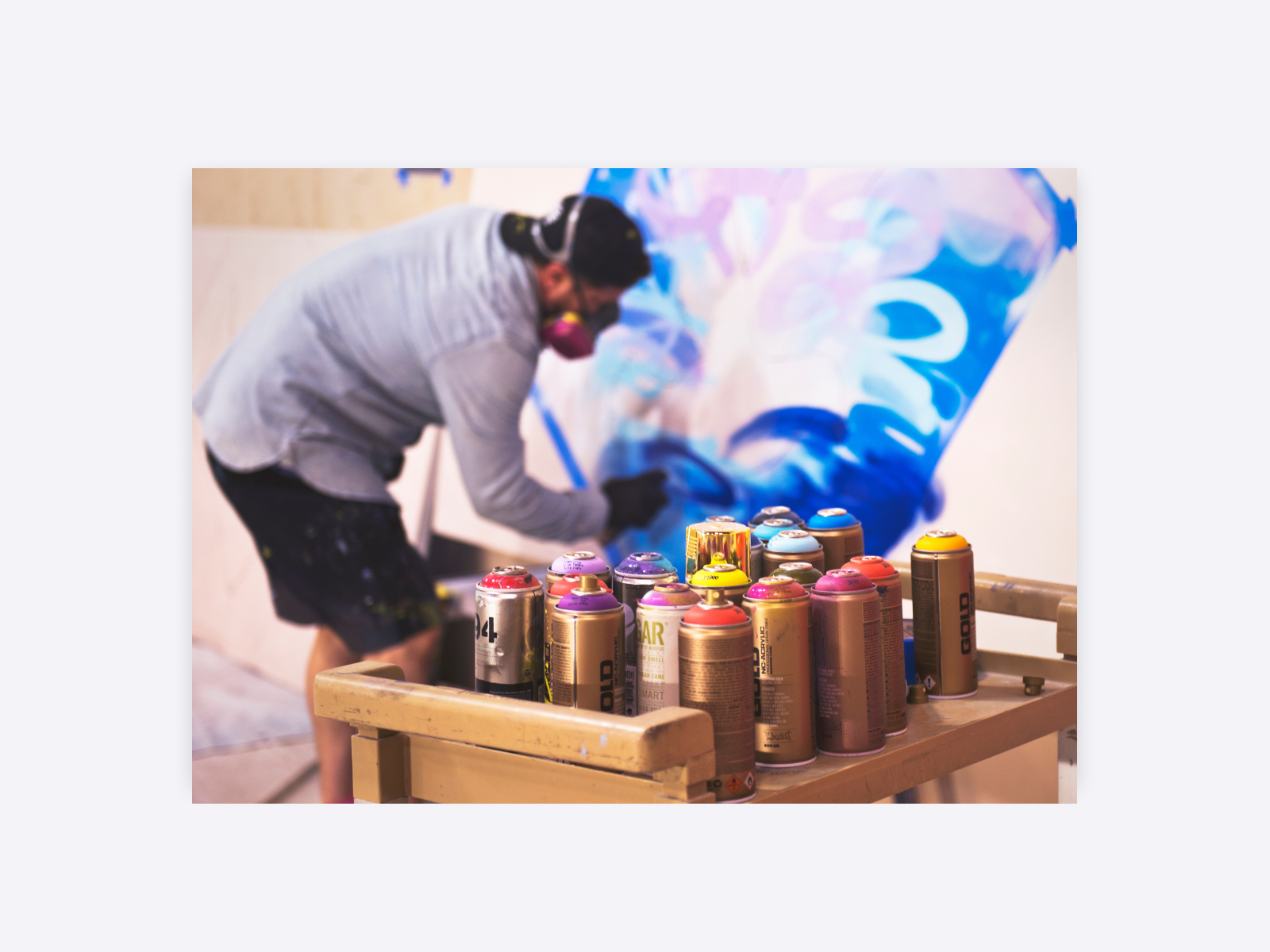
3. Network, network, network
Private and professional networking are both crucial for your development as an art director.
Join artistic communities online, from Discord to Reddit, to make genuine connections with fellow artists. Ask around and learn what they’re up to, get reviews for your work, learn from others and have loads of fun.
Visit local art galleries and clubs and be involved in the artistic scene of your community.
Professional networking mainly happens on Linkedin, Slack channels and at conferences. Always be prepared with an elevator pitch, i.e. the ability to explain who you are, what you do and what your most recent project is about in the time of an elevator ride. Some well-designed cards with your contact information, including a link to your portfolio website, will also come handy.
4. Perfect your job hunting skills
However accomplished and talented you may be, the ability to present your skills to a recruiter or a client is a skill in itself.
Career blogs are your best friends. Read about how to create an about you page that’ll get you hired, how to make the perfect creative resume or an outstanding portfolio. Speaking of which…

5. Share your work
Your work needs to be readily accessible with the full context of the projects and complete with your contact information. Ideally, you could pull it up on your phone. This is why we believe in art director portfolio websites that automatically adjust to any browser, can be easily updated, and can be shared with a simple link.
Key takeaways
- Make your portfolio website a representation of your brand and talent.
- Add carefully curated content, get it reviewed, and keep playing with it.
- Art directors work in diverse fields. Make sure your portfolio represents yours.
- If you’re just starting out, remember how education, experience and excellence will aid you to become an art director.
- There’s so much to learn, from business skills to new art techniques and job hunting skills. Never stop perfecting yourself. You’ll be astonished to see what you can achieve.
Let us help you: subscribe to our newsletter for more tips and tricks.✨
